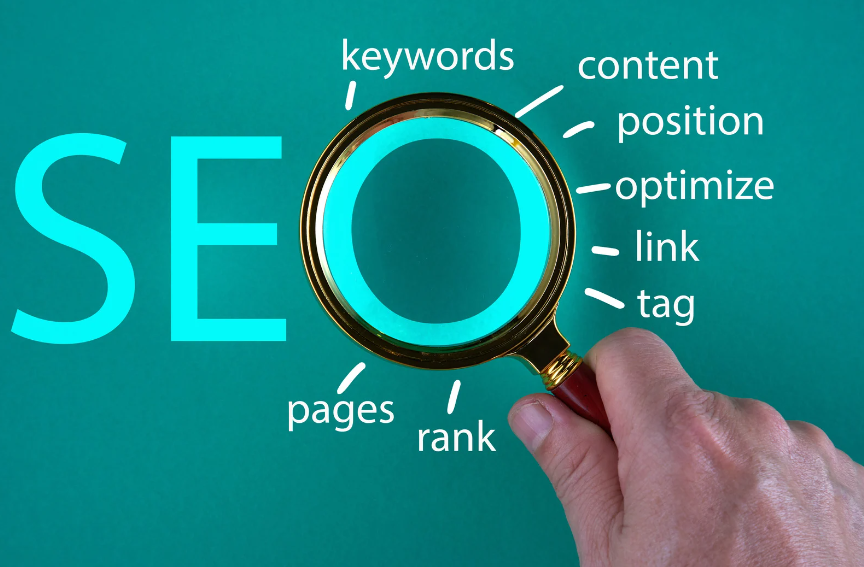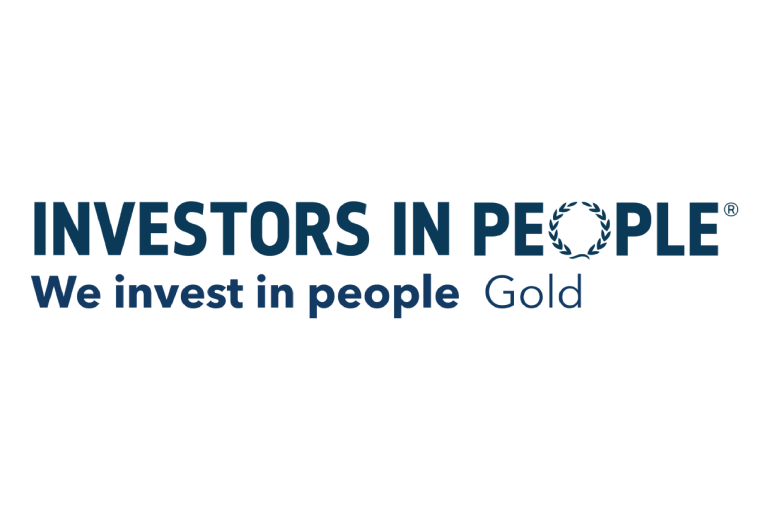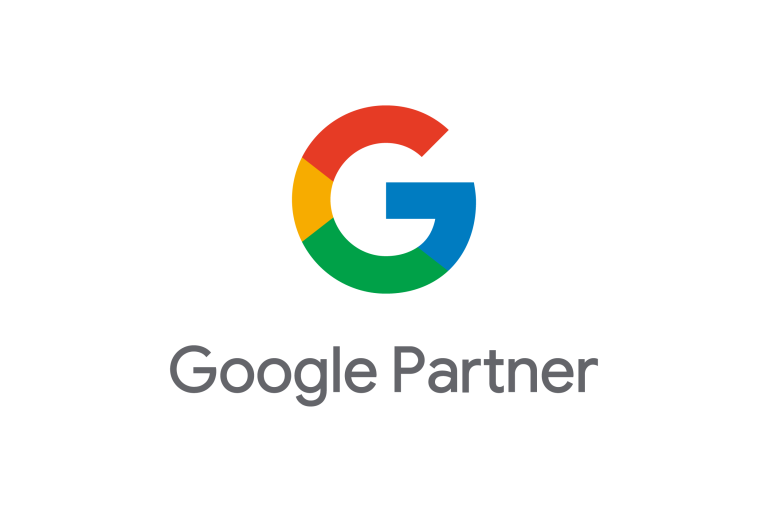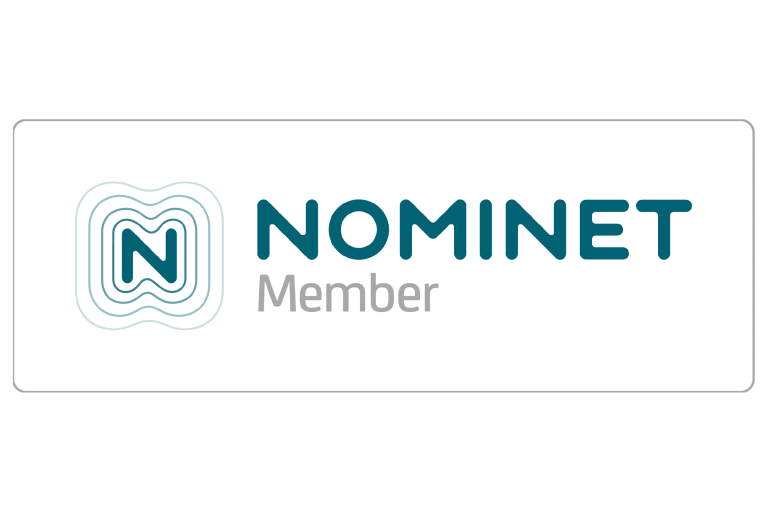Do you want to drive more traffic to your website? Do you want to rank on the first page of search engines? Then say hello to SEO – your ticket to establishing the long-term visibility you’ve dreamt of. But what exactly is SEO, how does it work and how can it transform your business’s online presence? Let’s get straight into it.
SEO stands for search engine optimisation and is the process of optimising a website so that it appears higher on search engine results pages (SERPs). This can result in increased and improved quality of traffic which could lead to more valuable conversions for your business.
When you search for a term on a search engine, such as Google or Bing, the top results are usually paid ads. The results below the ads are referred to as organic search results, meaning they are not paid for.
The top 3 results on the first page are the more valuable, driving the most clicks. By investing in SEO, the goal is to get you in those prime positions for relevant terms to your business.
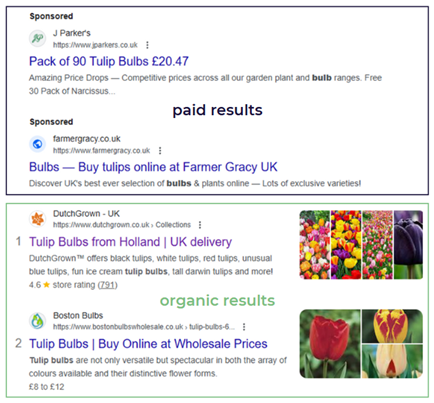
The Different Between SEO and PPC
SEO and PPC are both effective marketing strategies to help businesses dominate search engines, although they have very different angles.
PPC
PPC, also known as Pay-Per-Click advertising, is quite self-explanatory; you pay every time someone clicks on one of your targeted ads. It gives you the power to have complete control (to some extent) of what you appear for if you’re willing to pay the price. This means you can get your website at the top of search results for important, potentially valuable searches in a matter of time.
SEO
Unlike PPC, SEO is all about long-term, organic growth in search engine rankings. Unless there is virtually no competition, quick results generally don’t come overnight. No one has direct control over search engine rankings except search engines themselves and their algorithms, so it’s the case of optimising aspects, on and off your website, to stand out.
The best part of SEO is that once you’ve begun dominating, you won’t just vanish the moment you stop doing active work, though making sure you maintain it is important.
Why is SEO Important?
Search engines are where most people go when they want to research or buy something these days. In 2024, on average, over 22 billion searches are made on Google in just a day alone, and this means one thing for businesses – opportunities.
By not investing in SEO, the chances of having your website in dominant positions on Google for competitive terms potentially receiving thousands of searches a month is slim.
Right now, without even knowing it, you could be missing out on vital opportunities for organic growth. Your competitors might currently be thriving from you not competing against them, capturing conversions that could have been yours.
Still don’t believe SEO is that important? Just take a quick look at the results from one of our SEO clients, Boston Bulbs. The results say it all!
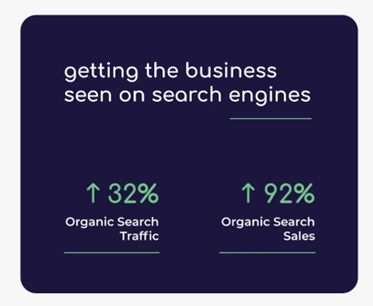
How Does SEO Work?
Search engines use algorithms and set rules to determine the order in which pages are shown in search results. They consider hundreds, or sometimes even thousands, of different factors that can influence rankings.
Some of the main components that are taken into consideration are:
- Links from other websites
Backlinks act as testimonials for your business and can help your site gain authority and appear trusted in the eyes of search engines. It’s not necessarily about the number of links you have, but the quality.
- High-quality content
Both page and blog content play a vital role in how well a website will perform. Search engines are most likely to promote user-focused content, offering unique and insightful information that best matches what users are searching for.
- Page Experience
While not a direct ranking factor, page experience is rewarded by search engines. It’s a key aspect of SEO, as providing the best experience will greatly increase your chances of turning clicks into conversions
The Different Types Of SEO
Specialists in the industry don’t just type some magic code to get your website ranking instantly. Instead, they achieve it by implementing a well-thought-out strategy that involves optimising the various types of SEO.
On-page
Focused on elements directly visible on a website to improve its search engine rankings, key components of on-page SEO include:
- Content – Creating high-quality, relevant, and well-structured content and naturally optimising it around target keywords.
- Internal Linking – Building links from one page to another on the same website to improve navigation, distribute value and authority, and help search engines crawl and index the site.
- Meta Data – Writing compelling meta titles and descriptions to summarise what a page is about, including target keyword, to influence a better click-through-rank (CTR) in search results
- URL Structure: Creating clean and descriptive URLs that are both easy for users and search engines to read and understand.
Off-Page
Involving activities done outside of your website that build your site’s authority and reputation, key components of off-page SEO include:
- Backlinks – Earning links from authoritative and relevant websites, passing valuable and trustworthy signals to search engines.
- Local Listings – Listing your business on relevant local directories (e.g Google My Business) and review sites, helping improve local search visibility and the overall credibility of your website.
Technical
Focused on optimising the backend of a website to ensure its easily crawled, navigated, and ranked by search engines while providing users with the best possible experience. Key components of technical SEO include:
- Mobile Friendliness: Making sure your website is responsive and performs well on all devices, especially mobile devices, as this is where most people make most of their online searches.
- Structured Data: Using the power of schema markup to help search engines understand and display your content more effectively.
- Crawlability and Indexability: Ensuring search engines can crawl and index your website and its pages without any issues.
How SEO Has Evolved
SEO first emerged in 1997, 6 years after the first ever website launched. Back in those days, SEO was a chaotic free-for-all, with website owners stuffing their pages with keywords to manipulate rankings. The result? A landscape of cluttered, low-quality websites filled with spammy content.
These old ranking tactics today are known as black hat SEO techniques. Some examples of these other than the common keyword stuffing include:
· Cloaking: Presenting different content to search engines than what is shown to users, to manipulate rankings.
· Hidden Text: Using invisible text filled with keywords (e.g., white text on a white background) to boost search visibility without users seeing it.
· Link Farming: Creating or joining networks of low-quality websites solely to generate backlinks and artificially boost rankings.
· Doorway Pages: Creating pages optimized for specific keywords that redirect users to another page, often irrelevant to the original search.
· Comment Spam: Posting irrelevant or promotional links in blog or forum comments to generate backlinks, often without adding value to the discussion.
Thankfully, SEO has come a long way since then and continues to evolve. In fact, the changes are ongoing, and in the next decade, the field will likely look entirely different, especially with the rise of AI.
The Role of Content Marketing in SEO
Content marketing is an important part of an SEO strategy. In most cases, your competitors will be doing it, and if they’re not, it’s a massive opportunity for you to build a competitive edge.
- Generates Backlinks
Content marketing focuses on creating high-quality, relevant content to attract targeted traffic to your website. By creating content filled with unique insights, you may attract the citations of others.
- Visibility for Informational Searches
The aim of content marketing is to create helpful content for users, specifically your target market. Achieving a prominent position in search engine results for these searches will not only drive traffic to your website but also help build awareness and trust in your business or brand.
What Metrics Measure the Success of SEO
Although an increase in impressions, rankings, and clicks are great to see and can look impressive in a graph, they are only steps to what makes an SEO strategy successful. Behind any marketing investment, conversions such as sign-ups, sales, and form submissions are what businesses want to achieve.
To examine your rankings, impressions, and clicks data more thoroughly, use Google Search Console, which keeps records for up to 16 months. You can apply various filters, such as “Queries not containing,” to exclude branded search data and gain a clearer view of non-branded traffic.
Using the queries tab, as shown below, you can check that your business is ranking for relevant queries and driving traffic that is likely to convert.
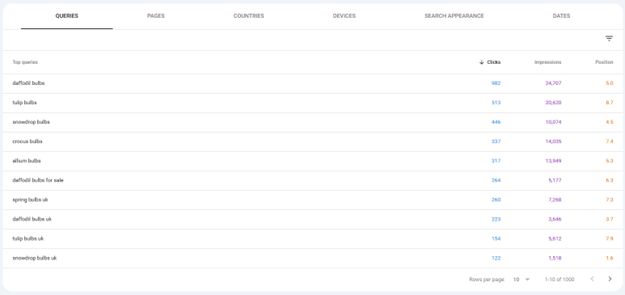
To measure conversions driven by an SEO strategy, Google Analytics can give you a clear and accurate picture. Go to Reports > Acquisition > User Acquisition and check the data for Organic Search. Here, you can view the number of key events (Google’s term for conversions).
You can filter the data to match the timeframe of your SEO strategy and even compare it to the previous year to track progress.
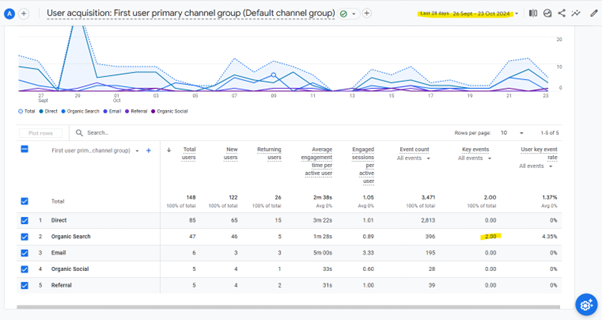
Begin Your SEO Journey
If you’re one of many business leaders out there who simply doesn’t have the time to think or knowledge to implement an effective SEO strategy, that doesn’t mean you cannot reap the rewards of search engines. With help from professionals, you can do SEO right, without the costly overheads of employing a full marketing team.
Our SEO specialists at DBS Digital have a huge amount of knowledge, experience, and skills in helping businesses, like yours, dominate search engines. To speak to an expert about our professional SEO services, contact us today.
